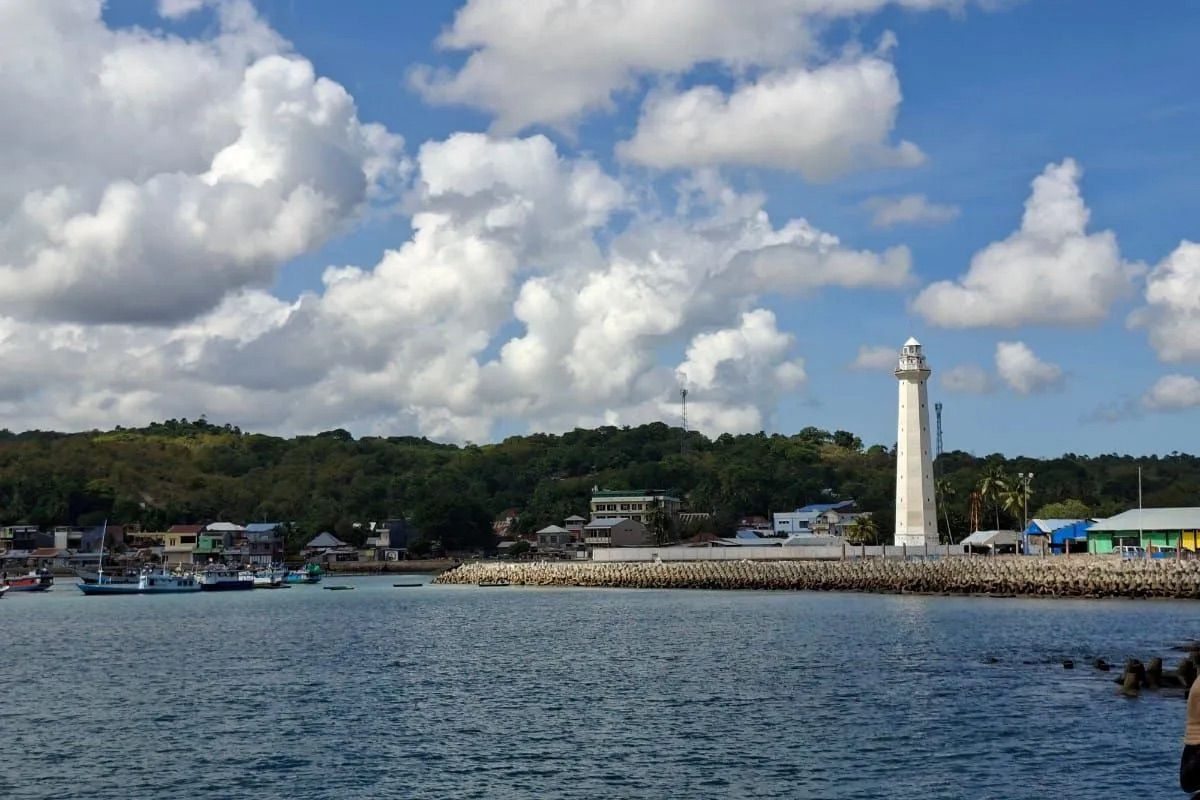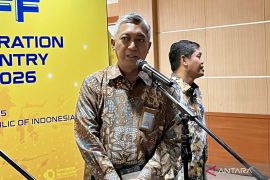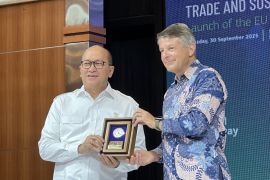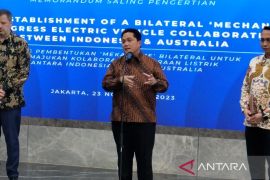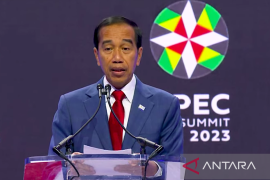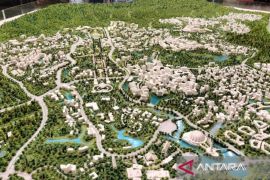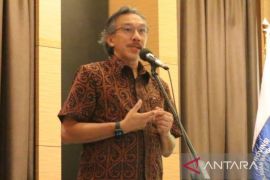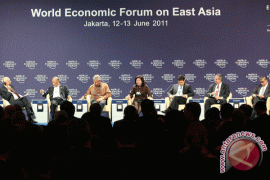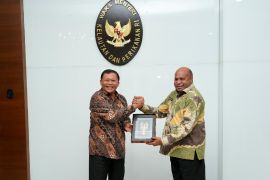"This area will serve as a model for the development of the national salt industry to support the goal of achieving salt self-sufficiency by 2027, as mandated by Presidential Regulation No. 17 of 2025," Director-General of Marine Affairs Management at KKP, Koswara, stated in Jakarta on Wednesday.
With over 10,000 hectares of land and an ideal climate that features six to seven months of dry season annually, Rote Ndao is considered to have geographical characteristics similar to those of Dampier, Australia.
“KKP targets a productivity rate of 200 tons per hectare per cycle,” he added.
The K-SIGN area will be developed through an integrated approach involving multiple stakeholders, including the central and local governments, state-owned enterprises such as PT Garam, and private investors. The project is also expected to generate employment opportunities.
The business model on offer includes managing salt ponds, constructing production facilities, warehouses, washing plants, and refineries, as well as developing an integrated distribution system.
“This is a concrete demonstration of the government's support for the national salt industry. Rote Ndao will become the new face of Indonesia's globally competitive salt industry,” he said.
The site is also envisioned as a hub for developing high-value, downstream salt-based products.
Koswara noted that the development of K-SIGN in Rote Ndao is expected to create up to 26,000 jobs and increase local income to as much as 2.5 times the regional minimum wage (UMR).
The project also aims to reduce Indonesia’s dependence on imported salt, which currently exceeds 2.5 million tons annually for the chemical and food industries.
Investment in K-SIGN offers both strong economic returns and strategic benefits for national food security.
With the support of technology, mechanization, and modern governance, the area is expected to become a new benchmark for tropical salt production.
Earlier, Minister of Marine Affairs and Fisheries Sakti Wahyu Trenggono initiated the development of K-SIGN in Matasio Village, Rote Ndao, in early June 2025.
The project uses an integrated extensification model, combining modern salt pond development, processing infrastructure, institutional support, and production cooperation.
Related news: NTT national salt hub promises 26,600 jobs: Minister
Related news: Minister launches salt industry center development in NTT
Translator: Harianto, Azis Kurmala
Editor: M Razi Rahman
Copyright © ANTARA 2025
